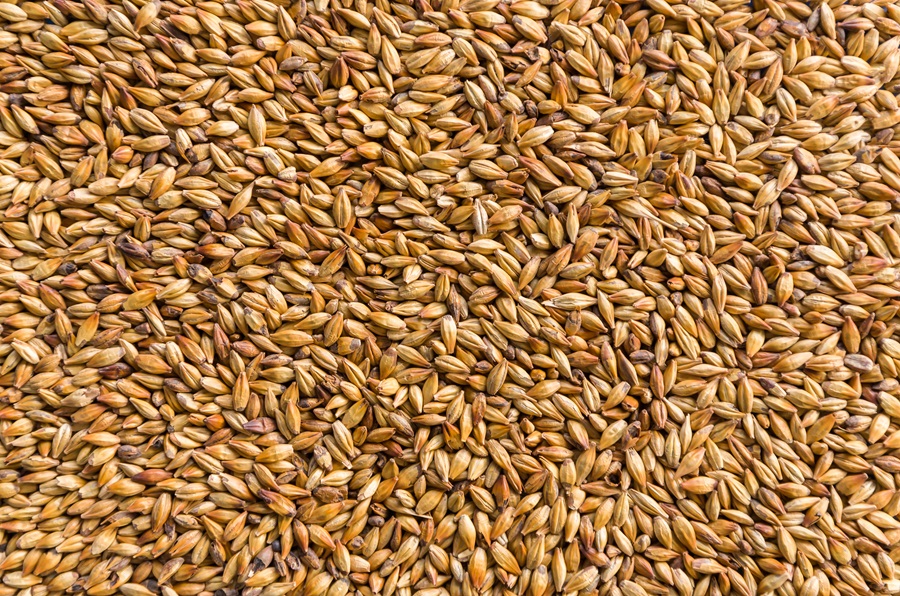The link between type 2 diabetes and grains

Incorporating grains into your diet can provide many health benefits, including reducing the risk of developing Type 2 diabetes. Diabetes is a disease where your body can’t produce enough insulin, which helps to regulate the sugar in your blood.
A myth that some believe is that people with diabetes should not consume grains. However, according to Diabetes Canada, people with diabetes should consume grains regularly. Along with reducing the risk of developing type 2 diabetes, studies show that including three to five servings of whole grains per day can reduce the risk of developing type 2 diabetes by 26 per cent.
People with chronic diseases such as diabetes (and heart disease and pancreatitis) can experience high blood glucose (sugar) levels, which can damage the body. One of the best ways to manage blood glucose is through healthy eating. Highly processed and refined grain foods can cause sharp increases and decreases in blood glucose, whereas whole grain foods help stabilize these levels. Whole grains contain fibre, which has been found to decrease the release of glucose in the blood, allowing our bodies time to release enough insulin to digest the glucose. Foods high in fibre foods can contribute to a greater ability to control the body’s response to glucose.
Among the grains produced in Ontario, Barley has been found to be lower on the glycemic index, which can help you control your blood sugar levels to ensure the sugar in your body is not too high.
Whole grain barley, wheat berries, whole grain wheat pasta and brown rice slowly convert carbohydrates into glucose and are better choices to help prevent and manage chronic diseases.
By consuming foods high in fibre, like whole grains, you are getting nutritious, healthy foods that can help reduce your risk and manage many chronic diseases.
Check out some of our barley and wheat recipes:






